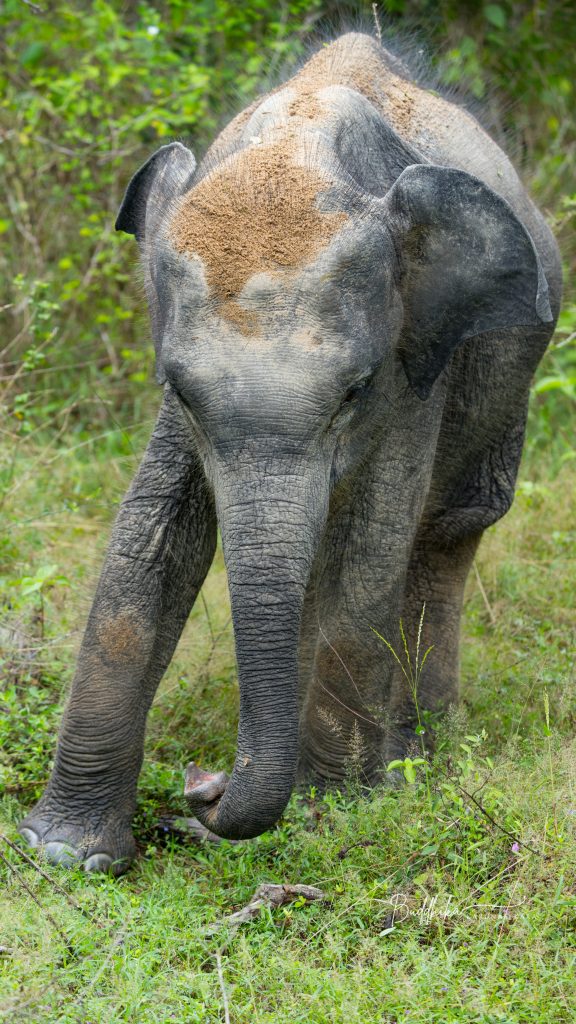
Asian elephants, the gentle giants of the East, have long been revered and celebrated in various cultures and traditions across the continent. These magnificent creatures have come to symbolise wisdom, good fortune, and strength, attributes that are deeply reflected in the folktales and mythologies of the regions they inhabit. From the mighty Himalayas to the lush forests of Sri Lanka, the Asian elephant has captured the hearts and minds of people for centuries.
In Hindu cosmology, the universe is believed to be supported and guarded by Ashtadiggajas, a group of eight celestial elephants standing at the compass’s eight cardinal and intercardinal points. These mighty elephants, known as the guardians of the eight directions, are said to hold up the earth and the heavens with their immense strength. Classical Sanskrit literature further emphasises their cosmic significance by attributing earthquakes to the shaking of their bodies when they grow weary.
Wisdom, one of the most admirable traits, is represented by the elephant in the form of the deity Ganesha, one of the most popular gods in the Hindu pantheon. This distinctive deity has a human form with the head of an elephant, which was put on after his human head was either cut off or burned, depending on the version of the story. Lord Ganesha’s birthday, known as Ganesha Chaturthi, is celebrated with great enthusiasm and reverence by Hindus worldwide.
In Hindu iconography, many devas (gods) are associated with a mount or vehicle known as a vāhana, which symbolically represents a divine attribute. The elephant vāhana represents wisdom, divine knowledge and royal power and is associated with Lakshmi, Brihaspati, Shachi, and Indra. Indra, the King of the gods, is said to ride on a flying white elephant named Airavata – the King of all elephants.
The white elephant holds a special place in many Asian cultures, particularly in Thailand and Burma, where it is considered sacred and symbolises royalty and good luck. In Buddhist iconography, the elephant is associated with Queen Māyā of Sakya, the mother of Gautama Buddha, who had a vivid dream foretelling her pregnancy in which a white elephant featured prominently. The royal sages interpreted this dream as a sign that her child was destined for greatness as a universal monarch or a Buddha.
Elephants continue to play an integral role in the religious practices of South Asia, with temple elephants being specially trained and lavishly caparisoned for various temple activities. The famous Guruvayur Keshavan of Kerala, India, and the elephants featured in the Esala Perahera festival in Sri Lanka are prime examples of the enduring connection between these majestic animals and the religious and cultural heritage of the region.
As we marvel at the beauty and grandeur of the Asian elephant, it is essential to recognise the deep-rooted cultural and spiritual significance these creatures hold in the hearts of people across Asia. By understanding and appreciating the rich symbolism and mythology surrounding these gentle giants, we can work towards ensuring their conservation and protection, allowing future generations to continue to be inspired by their wisdom, strength and divine presence.
